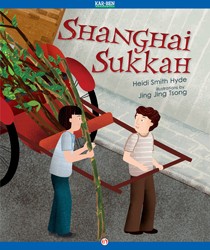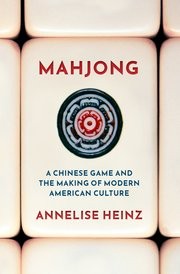How has it happened that Sukkot, a holiday based on the “beautiful fruit of trees” (Leviticus 23:40), has also produced the phenomenon of a $345 etrog for sale in contemporary Brooklyn?
Investigating the transnational, controversial, and symbolic history of Judaism’s most famous citrus fruit, Moster, a recently minted PhD from Ilan University and founder of the Institute for Biblical Culture, provides the answer.
Through a mixture of archeology, biblical interpretation, and comparative religion, alongside some good old-fashioned sleuthing, Moster traces the fruit’s roots from Yunnan in China, through India, Persia, and eventually, the land of Israel. Building off previous theories as to how the etrog emerged as one of the Four Species ritualistically waved during the holiday of Sukkot, Moster provides a scholarly yet accessible take on the underlying ambiguity of the Leviticus verse. He launches a quest to define how exactly to fulfill this commandment (even the translation above is subject to disagreement — does the original Hebrew translate to “fruit of beautiful trees,” “beautiful fruit of trees,” or maybe even “beautiful fruit of beautiful trees”?). The Bible itself doesn’t even mention the phrase “beautiful fruit of trees.” It also portrays the ancient Israelites as attempting to fulfill this commandment by building their sukkah out of the species, not waving it.
Moster guides his readers through the investigative process, even providing a board game-like chart with interpretive possibilities, including Sanskrit and Akkadian, as well as suggestions from scholars both ancient and modern. The author takes his readers on a fascinating journey replete with pictures of etrogs of all shapes and sizes (including the aforementioned $345 one), Egyptian hieroglyphics, coinage from the Bar Kochba revolt, and even Hindu statues. One emerges from this work with a clear and convincing understanding of how the etrog came to be a symbolic entity beloved by Jews worldwide — who, whether they know it or not, have the ancient Chinese to thank for one of contemporary Judaism’s most beloved rituals.
Dr. Stu Halpern is Senior Advisor to the Provost of Yeshiva University. He has edited or coedited 17 books, including Torah and Western Thought: Intellectual Portraits of Orthodoxy and Modernity and Books of the People: Revisiting Classic Works of Jewish Thought, and has lectured in synagogues, Hillels and adult Jewish educational settings across the U.S.



